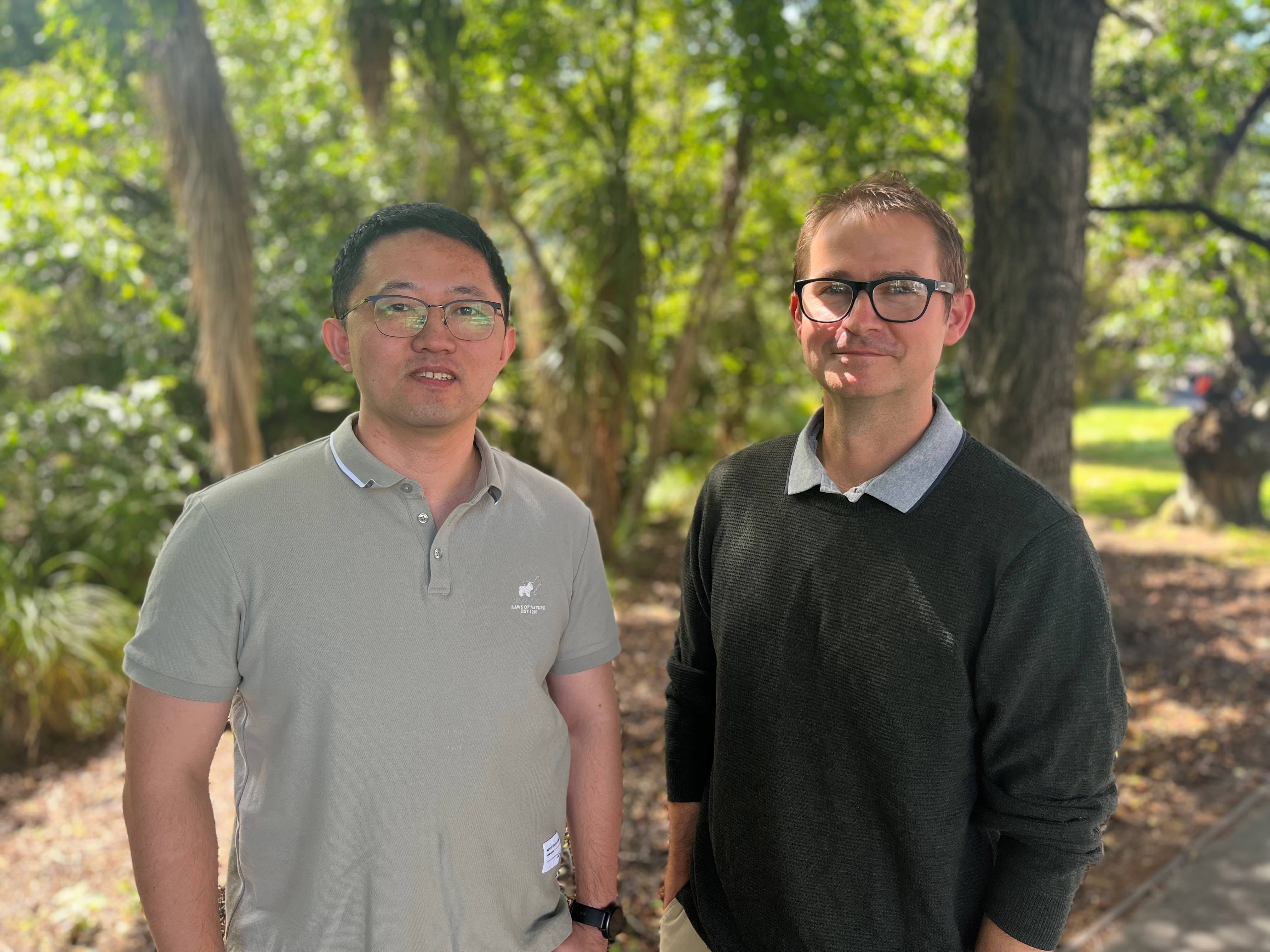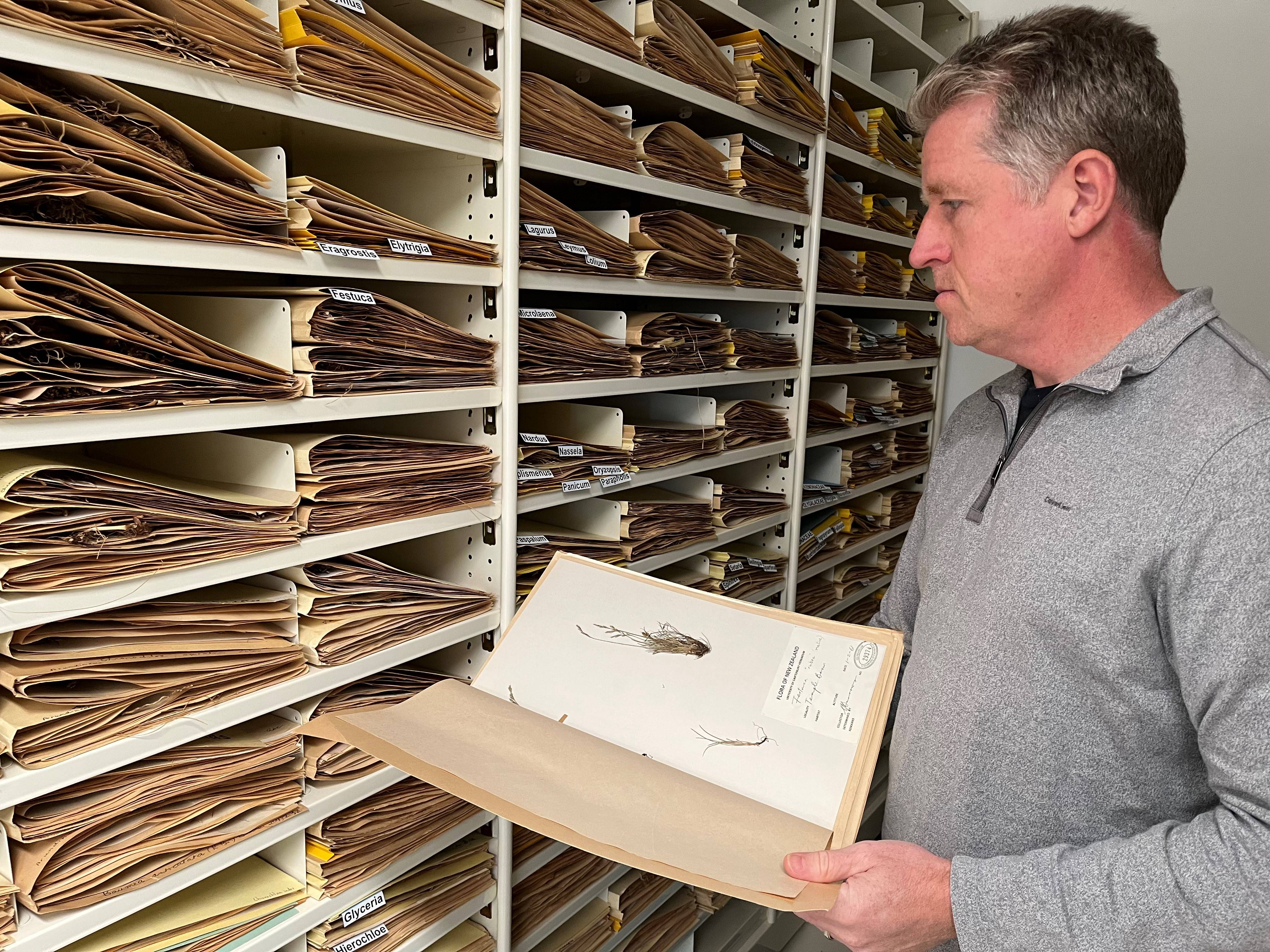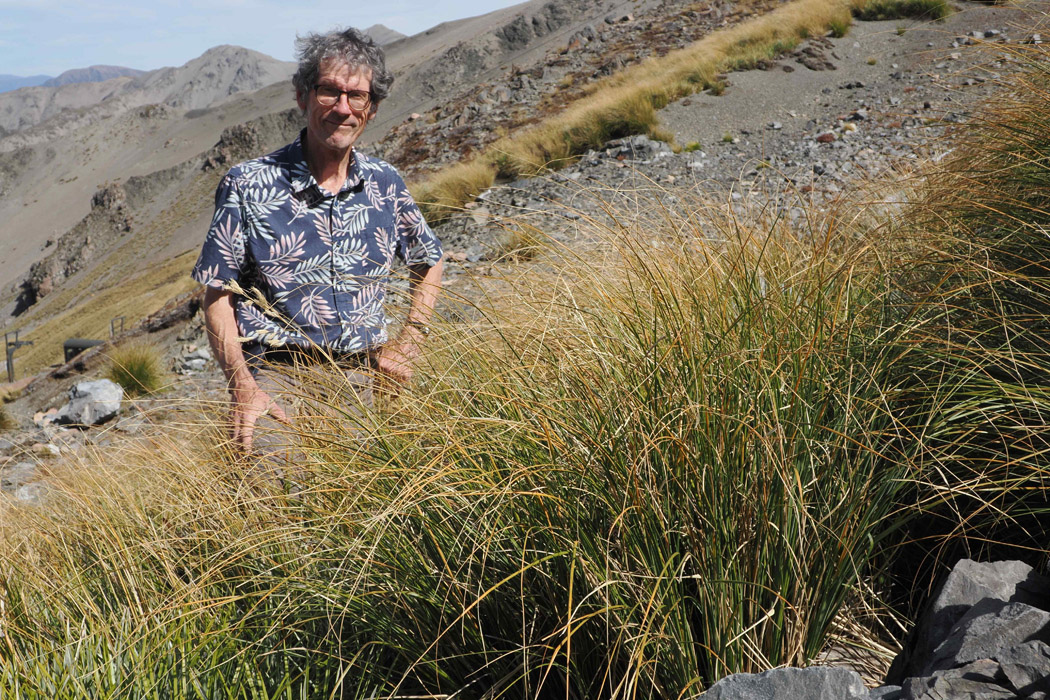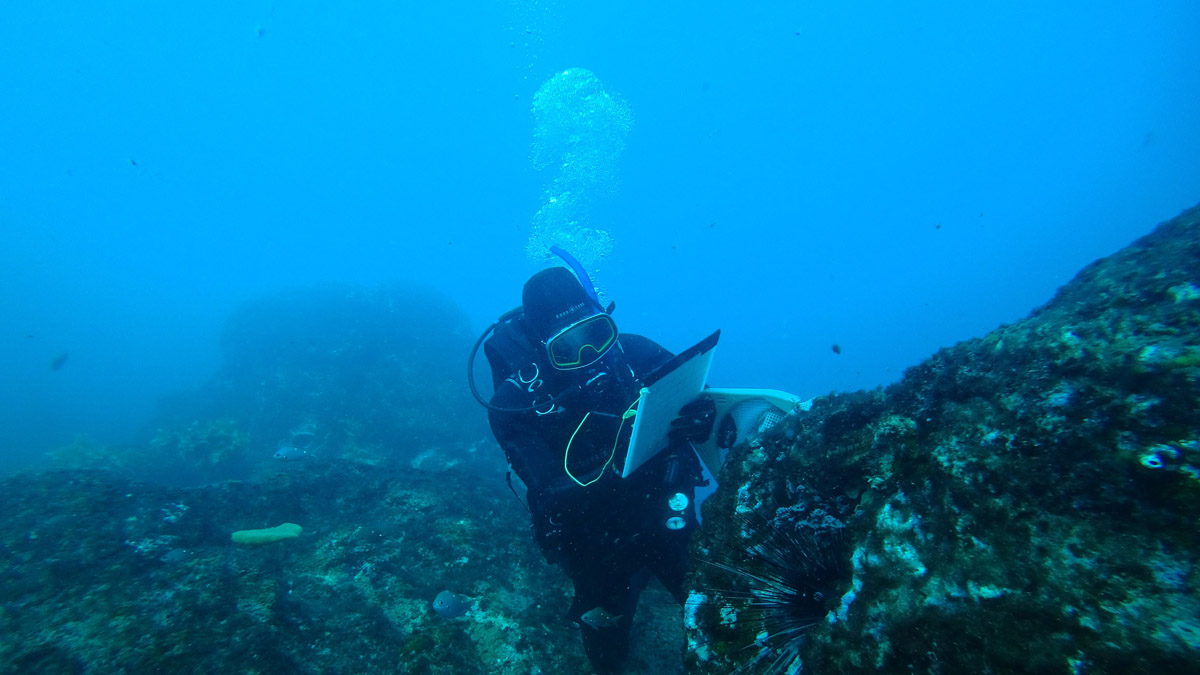Lead researcher UC Civil Engineering Associate Professor Allan Scott, and his team in the United States, United Kingdom and New Zealand, have found a new low-carbon method to produce the common mineral, magnesium hydroxide or Mg(OH)2.
Associate Professor Scott explains magnesium hydroxide has been widely recognised as one of the most promising materials for ‘carbon mineralization’ (where carbon dioxide or CO₂ is prevented from entering the atmosphere), but until now there hasn’t been an energy-efficient way of producing it.
“Most processes to get magnesium hydroxide typically involve CO₂ emissions. We are proposing a new method to produce magnesium hydroxide from olivine; an abundant mineral here in New Zealand and around the world. Our method uses existing technology, produces useful by-products and most importantly there’s low to zero CO₂ emitted during the process.”
In the new paper published in Communications Earth & Environment, the researchers outline that olivine can be ground into powder, combined with hydrochloric acid and a process of electrolysis can be used to produce magnesium hydroxide. Lab trials showed that 100 tonnes of olivine could potentially produce 35 tonnes of magnesium hydroxide, as well as 35 tonnes of amorphous silicate – a material used in products such as semiconductor circuits and cement.
“The discovery of this method has the potential to have a dramatic impact on our ability to reduce global CO₂ emissions,” Associate Professor Scott says.
Around 40 billion tonnes of human-made CO₂ is released into the atmosphere each year which contributes to global warming. Of that, ‘point source’ emissions such as power generation [coal plants, natural gas] and industrial production account for roughly 50 percent of the total CO₂.
“This new method makes it possible to produce magnesium hydroxide on a large scale, which can then be transported to industrial and manufacturing sites to mineralize the CO₂ produced,” he says.
“In theory it’s possible to remove and sequester at least half of the 40 billion tonnes of CO₂ and continue to do so for thousands of years. The challenge now is how we take this method from the lab to an industrial-scale process which can be widely distributed at a reasonable cost.”
The research team led by Associate Professor Allan Scott, includes Occidental College and former UC academic Christopher Oze, UC Postdoctoral Researcher Vineet Shah, UC PhD student Nan Yang, UC Associate Professor Aaron Marshall and UC Associate Professor Matthew Watson, Imperial College London Professor Chris Cheeseman and Barney Shanks.
What is Mg(OH)2?
Magnesium hydroxide Mg(OH)2 is a highly reactive material that when combined with carbon dioxide (CO₂) – one of Earth’s most significant greenhouse gases – produces magnesium carbonates, an inorganic salt that is used in a variety of commercial products such as flooring, fireproofing and bricks.









